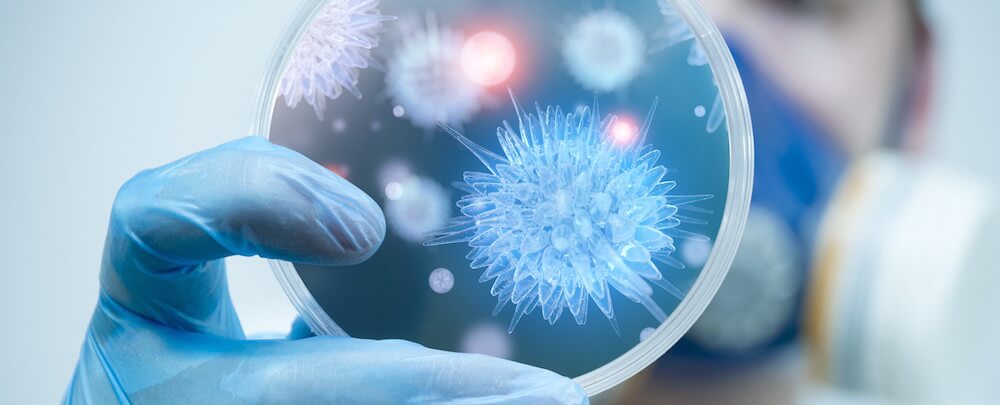We may not have cured cancer yet, but there’s some solid evidence that we are turning the tide. Here are some of the most exciting ways that technology is helping us avoid, detect, fight and improve outcomes for cancer patients.
Cancer prevention is an exciting area of new research and developments. The HPV vaccine has been widely distributed to young women, and has shown real improvements in lowering new instances of cervical cancer. As a result, vaccines are under development for other types of cancer. There are many types of cancer, and at this point, vaccines don’t seem to be a solution for every type, but increasing their application to more types of cancer is likely to result in incredible advances in cancer prevention.
A connection between dietary sugar and cancer has been established. Immediate, low-tech responses involve dietary changes, but research into a medical approach using this insight is underway, and could expand the opportunities for remarkable preventative measures. You can take advantage of the latest discoveries in cancer prevention by following oncology news online. Oncotarget covers peer-reviewed research and oncology news in an accessible format across most social media channels. Staying up to date could help you make lifestyle changes and gain access to emerging and new technologies when preventative measures have the most potential to help.
Detection
Early detection is key to decreasing mortality rates and improving patient outcomes. Most cancers, when caught in the early stages, are relatively simple to remove and treat. Unfortunately, the sort of symptoms that drive patients to their doctors generally don’t show up until the cancer has developed to a more dangerous stage.
Early detection technology currently emphasizes imaging techniques. Mammograms, in which tissue is compressed between plates, have shown improvements in detecting early breast cancer development. For colon cancer, scopes, ultrasounds and MRI have provided similar benefits. However, while early detection is critical in improving patient outcomes and catching cancer before it has had a chance to cause much damage, the current generation of imaging technology is expensive, inaccessible, invasive, uncomfortable and limited. People in remote areas and with financial hardship tend not to benefit from this technology, while even wealthy, urban dwellers may avoid it because of the discomfort.
Current research is investigating better, small, inexpensive, remote imaging test equipment to expand care to more marginalized populations and areas. Another exciting area of development is cancer blood testing. Currently, blood tests can sometimes highlight potential risk factors but cannot confirm a cancer diagnosis. More accurate and meaningful blood tests would be an incredibly valuable early detection tool because they could fit within the existing health care system with little extra effort, investment or patient cost.
Futuristic surgical tools are also opening up new possibilities in rapid detection, from fluid biopsies to chemical-sampling knives. The trend is also toward things getting smaller and closer. Instead of just microscopically examining cells, medical professionals are digging down to the genetic level to identify, diagnose and treat cancer with greater accuracy and individuality.
Treatment
Technology-driven approaches to cancer treatment are focusing on greater effectiveness with less damage. Currently, there are three primary treatment approaches when cancer is diagnosed. Cancerous cells are manually removed during surgery, and then courses of either or both chemotherapy and radiation are administered. These treatments have the unfortunate side effect of only increasing the damage to the body already started by the cancer.
More targeted therapies are eagerly sought after. Microsurgery, laparoscopic surgery, robotic, and laser surgeries attempt to reduce damage that the body will have to heal. Techniques to shrink and reverse cancerous growths instead of invasively removing them are one alternative. Targeted gene therapy seeks to pinpoint only the cancerous cells and destroy them without harming healthy, normal tissue.
Precision medicine or personalization is another growing trend, where treatments are customized to the individual patient. This targets the same desired outcome of destroying cancer without harming the patient. The ability to gain insight at a genetic level, instead of just the cellular, is driving advances here. The intent is to differentiate the patient’s genetic structure from the cancer to selectively target the cancer. The volume of data collected and processed in this approach is challenging, but the growth in sophistication of artificial intelligence is making previously impossible processes increasingly achievable.
Immunotherapy is another emerging and developing advance. The HPV vaccine helping to prevent cancer development is also the inspiration for treatments. While prevention is obviously preferable, the ability to strengthen a patient’s immune system against foreign invaders and weaponize it against a specific cancer could be a game changer.
The future of cancer care relies heavily on next-generation technological advances at every stage. Preventative solutions are already growing beyond what we could have hoped for, and detection tools and techniques are advancing quickly. Treatment options are getting more effective, more personalized, and higher tech to help us truly turn the tide against cancer.









